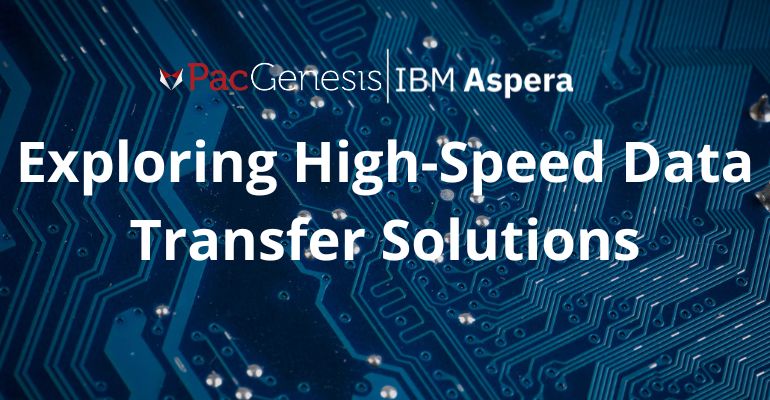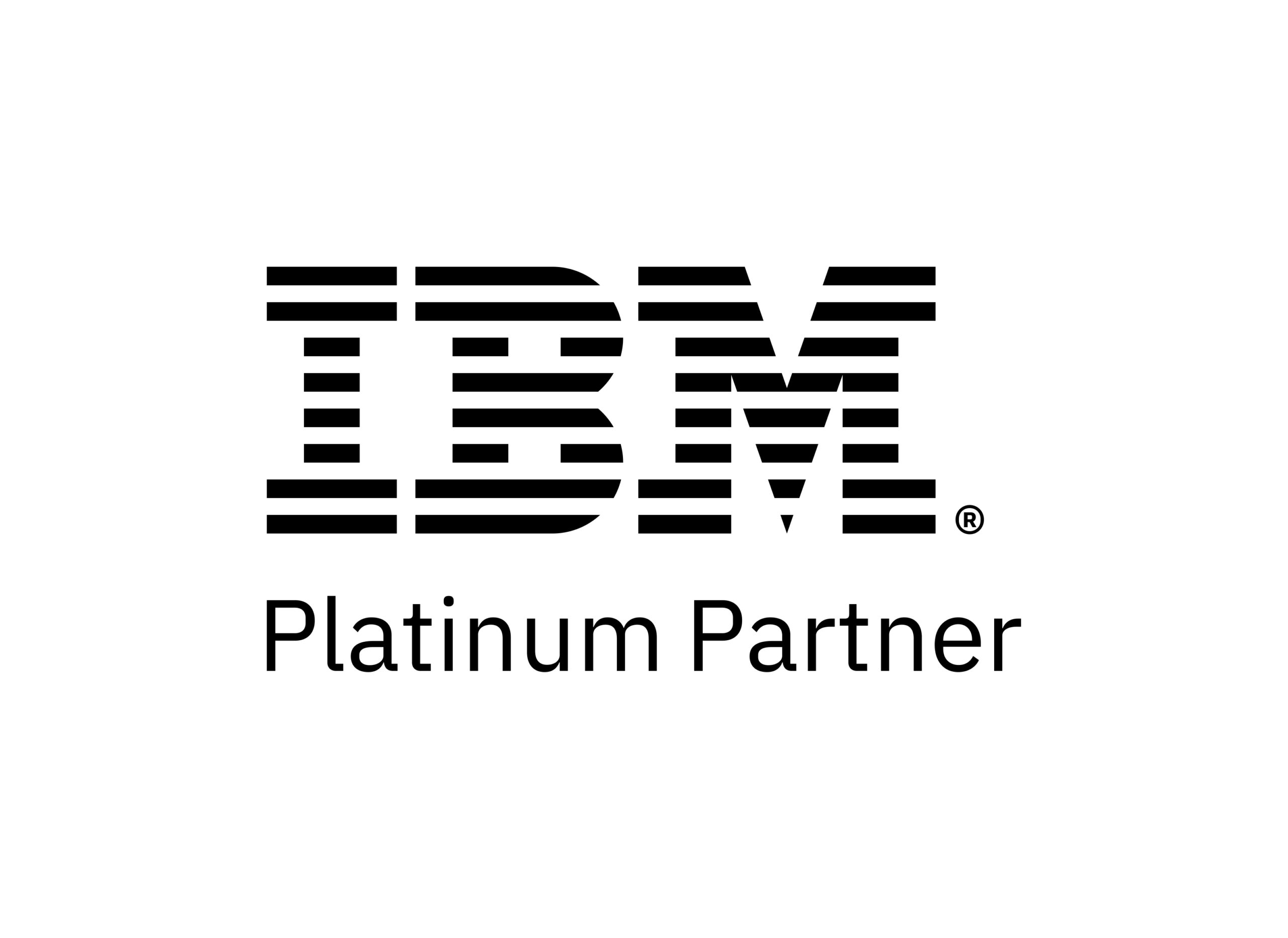Exploring High-Speed Data Transfer Solutions

From transferring large files in seconds to enabling seamless connectivity across devices, the efficiency of data transfer solutions significantly impacts various aspects of modern technology. Explore a diverse array of high-speed data transfer solutions to help you understand these solutions’ underlying principles, capabilities, and considerations.
Sections
Understanding High-Speed Data Transfer
At its core, high-speed data transfer refers to the rapid transmission of digital information between devices or across networks. This process enables swift access to data, facilitates seamless communication, and supports various applications ranging from cloud computing to multimedia streaming.
Achieving optimal data transfer speed involves a confluence of factors, each contributing to the overall efficiency of the process.
- Bandwidth: The maximum rate at which data can be transmitted over a network or communication channel.
- Protocol Efficiency: Efficient protocols optimize data transfer by minimizing overhead, reducing latency, and maximizing throughput. Common protocols include TCP/IP (Transmission Control Protocol/Internet Protocol), UDP (User Datagram Protocol), and HTTP (Hypertext Transfer Protocol).
- Hardware Capabilities: Network interface cards (NICs), routers, switches, and cables, significantly influence transfer speed and reliability.
1. Wired High-Speed Data Transfer Solutions
Wired technologies utilize physical connections, such as cables and wires, to facilitate data transmission between devices.
- Ethernet: Ethernet stands as one of the most ubiquitous wired networking technologies, facilitating local area network (LAN) connections in homes, businesses, and data centers. It utilizes twisted-pair or fiber optic cables to transmit data packets using a variety of protocols.
- USB: USB technology serves as a versatile interface for connecting peripherals, storage devices, and other hardware components to computers and electronic devices. It enables data transfer, power delivery, and device charging through a standardized connector interface.
2. Wireless High-Speed Data Transfer Solutions
Leveraging radio frequency (RF) signals, wireless technologies eliminate the need for physical cables and enable flexible connectivity across diverse environments.
- Wi-Fi: It is a widely adopted wireless networking technology that enables devices to connect to local area networks (LANs) and access the internet wirelessly. It operates based on the IEEE 802.11 family of standards and utilizes radio waves to transmit data between devices and wireless access points.
- Bluetooth: Bluetooth technology facilitates short-range wireless communication between devices, enabling data transfer, audio streaming, and device synchronization. It operates in the 2.4 GHz frequency band and employs low-power radio waves for connectivity.
- Near Field Communication (NFC): Near Field Communication (NFC) enables short-range communication between compatible devices through electromagnetic induction. It operates over very short distances, typically within a few centimeters, and facilitates secure data exchange between devices in close proximity.
- Cloud-Based: Cloud-based data transfer involves the transmission of data to and from cloud storage services over the internet. It offers a convenient and scalable solution for storing, sharing, and accessing data from any location with internet connectivity.
Choosing a Solution for High-Speed Data Transfer
When selecting a high-speed data transfer solution, it’s essential to evaluate various factors to ensure optimal performance, compatibility, and cost-effectiveness. Whether deploying wired, wireless, or cloud-based solutions, consider the following:
- Speed Requirements: Choose a solution that offers sufficient bandwidth and throughput to accommodate current needs and potential future growth.
- Compatibility with Existing Infrastructure: Consider the scalability of the solution to support future upgrades and expansions without requiring significant modifications to the infrastructure.
- Cost-Effectiveness: Compare the upfront costs, ongoing expenses, and total cost of ownership associated with each data transfer solution. Consider factors such as equipment, licensing fees, maintenance, and operational expenses.
Partner with PacGenesis to Find the Best High-Speed Data Transfer Solution
For over a decade, PacGenesis has worked in many organizations within different industries to find speedy, efficient, and scalable high-speed data transfer solutions based on a business’s needs and goals. Contact us today to discuss some of the best solutions on the market and which will work for your business.



